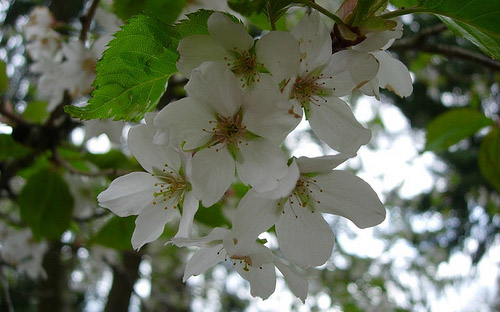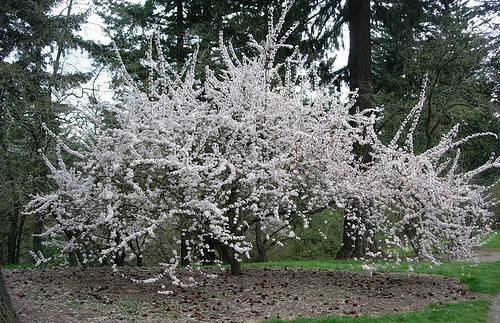
It’s another Monday morning and once again time to learn something new about a surprising plant horses can’t eat. Today, we’ll take a look at the wonderfully yummy and spectacularly blooming Cherry Tree.
A Little About Cherry Trees
Prunus is the species Cherry Trees come from and it’s quite a large one (including plums, apricots and other stone fruits). Many of them have similar characteristics, although not all of them produce viable fruit. Here we will focus on Prunus cerasus which is most commonly used to produce fruit. This plant grows as a shrub or a tree with glossy alternate leaves, fragrant white or pink flowers and red to black fleshy fruit surrounding a hard pit.
How Dangerous Is It?
Interestingly enough, this is one of the more dangerous species of trees to horses. They should simply be kept from any type of stone fruit tree period. Cherry Trees contain a toxin which halts cellular respiration.
Wilted leaves and cherry pits are toxic and can be fatal to equines.

What To Look For
You know your animal the best, so you should know when something is amiss. Cherry Laurel toxicity symptoms can include excitability, tremors, excessive drooling and convulsions.
Learn More
Be sure to check out the Cherry Laurel page to learn more about the plant and while you are at it why not check out more toxic plants?
*It should be noted that I’m not a veterinarian. This information is written specifically for horses and should be used for reference purposes only. If you think your horse has eaten something toxic call your vet right away.
